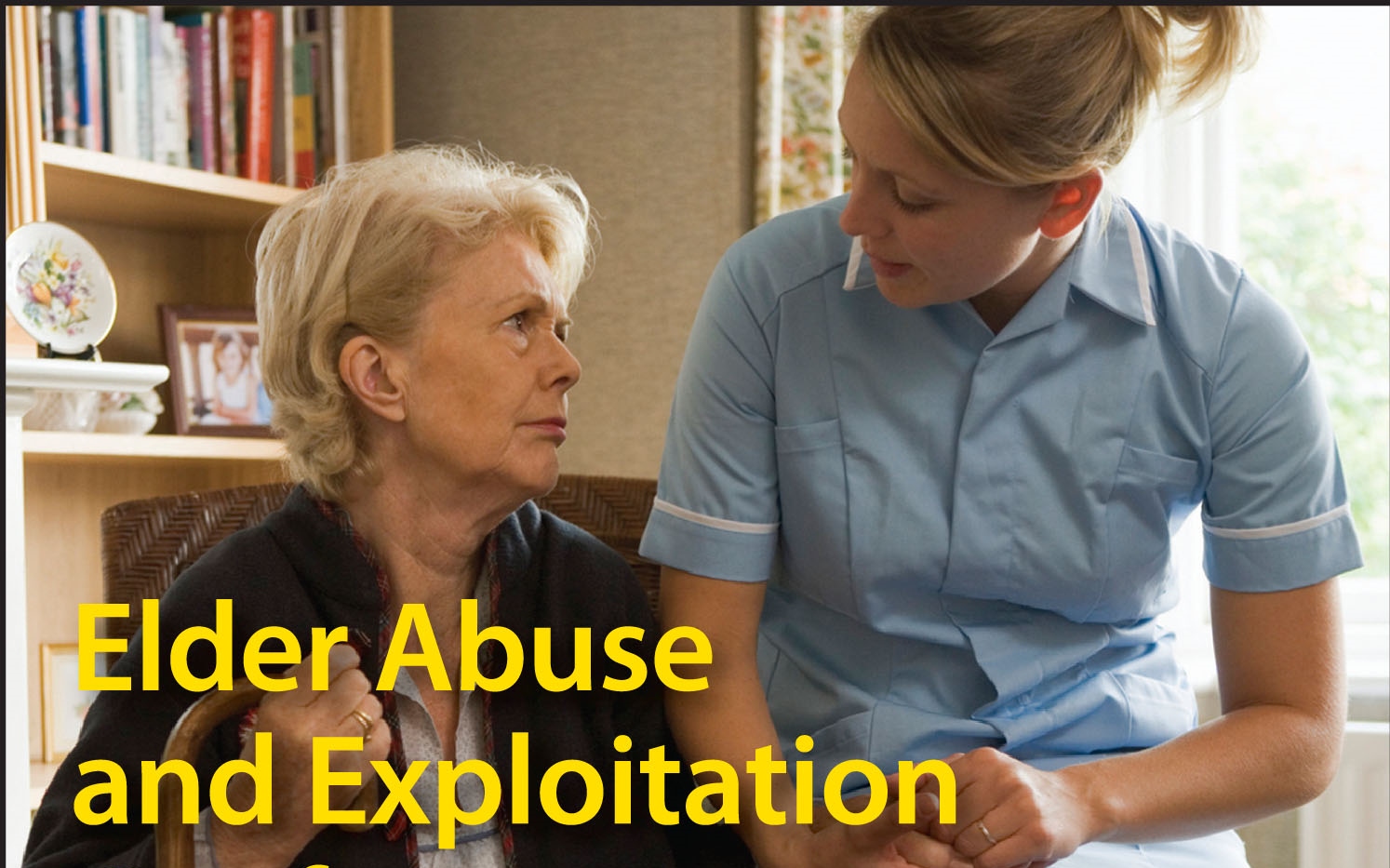Elder Abuse – The Invisible Epidemic

Elder Abuse
Elder abuse – a devastating, worldwide problem with potentially life-threatening consequences – remains a hidden threat to the well-being of older citizens. Approximately 1 in 10 Americans aged 60+ have experienced some form of elder abuse, with some estimates ranging as high as 5 million seniors experiencing abuse annually. One study estimated that only 1 in 14 cases of abuse are reported to authorities. This means that relatively few victims get the help they need.
What is elder abuse?
As elders become more physically frail, they’re less able to stand up to bullying and or fight back if attacked. Mental or physical ailments may make them more trying companions for the people who live with them. They may not see or hear as well or think as clearly as they used to, leaving openings for unscrupulous people to take advantage of them.
Domestic elder abuse generally refers to mistreatment committed by someone with whom the elder has a special relationship (for example, a spouse, sibling, child, friend, or caregiver).
Institutional abuse generally refers to mistreatment occurring in residential facilities (such as a nursing home, assisted living facility, group home, etc.) and is usually perpetrated by someone with a legal or contractual obligation to provide some element of care or protection.
Who are the abusers of older adults?
Abusers are both women and men. In almost 90% of elder abuse and neglect incidents, the perpetrator is a family member. Two thirds of perpetrators are adult children or spouses.
Types of Abuse
Elder abuse can take many forms. Some, like physical abuse, may have visible signs, although that is not always the case. The warning signs of other types, like emotional abuse, may be more difficult to identify. Abuse can come in the form of:
- Physical Abuse – the use of physical force that may result in bodily injury, physical pain, or impairment.
- Sexual Abuse – non-consensual sexual contact of any kind.
- Emotional or Psychological Abuse – the infliction of anguish, pain, or distress through verbal or nonverbal acts. Emotional/psychological abuse includes but is not limited to verbal assaults, insults, threats, intimidation, humiliation, and harassment. In addition, treating an older person like an infant, isolating an elderly person from his/her family, friends, or regular activities, giving an older person the “silent treatment” and enforced social isolation are examples of emotional/psychological abuse.
- Neglect – the refusal or failure to fulfill any part of a person’s obligations or duties to a senior. Neglect may also include failure of a person who has fiduciary responsibilities to provide care for an elder (e.g., pay for necessary home care services) or the failure on the part of an in-home service provider to provide necessary care.
- Abandonment – the desertion of an elderly person by an individual who has assumed responsibility for providing care, or by a person with physical custody of a senior.
- Financial or Material Exploitation – the illegal or improper use of a senior’s funds, property, or assets. Examples include, but are not limited to, cashing an elderly person’s checks without authorization or permission; forging an older person’s signature; misusing or stealing an older person’s money or possessions; coercing or deceiving an older person into signing any document (e.g., contracts or will); and the improper use of conservatorship, guardianship, or power of attorney.
- Self-neglect
If you’re concerned about the possibility of abuse, make a call for help.
To report suspected elder abuse in Delaware, contact local law enforcement, or Delaware Adult Protective Services through the Delaware Aging and Disabilities Resource Center (www.delawareadrc.com) at 800-223-9074.

